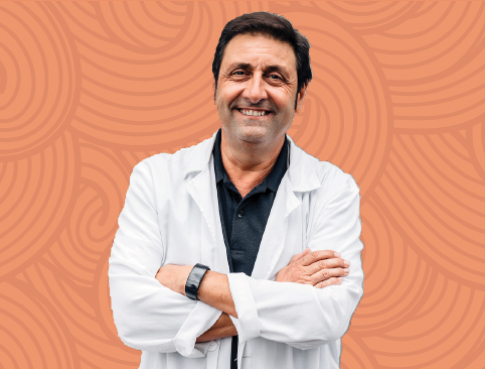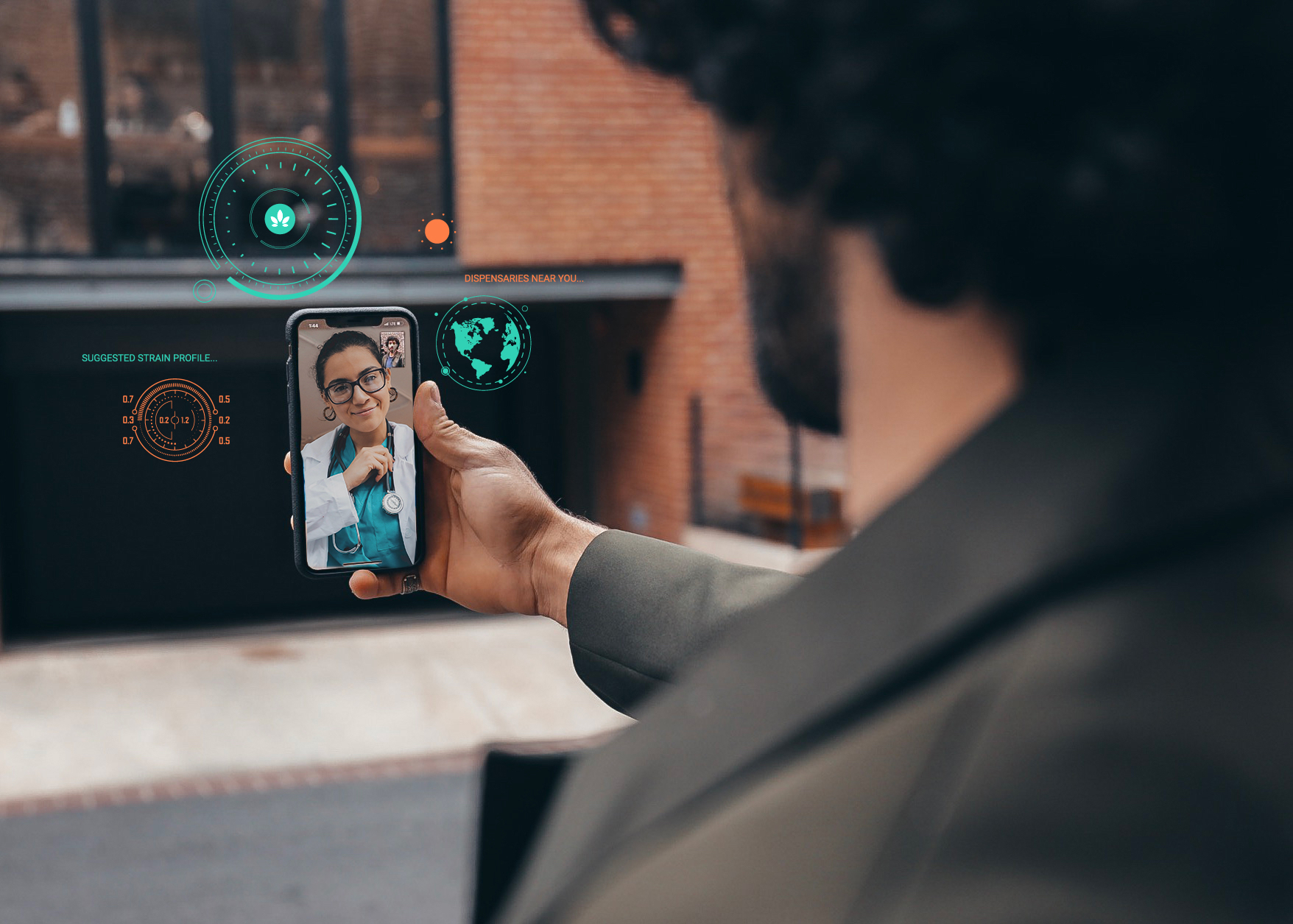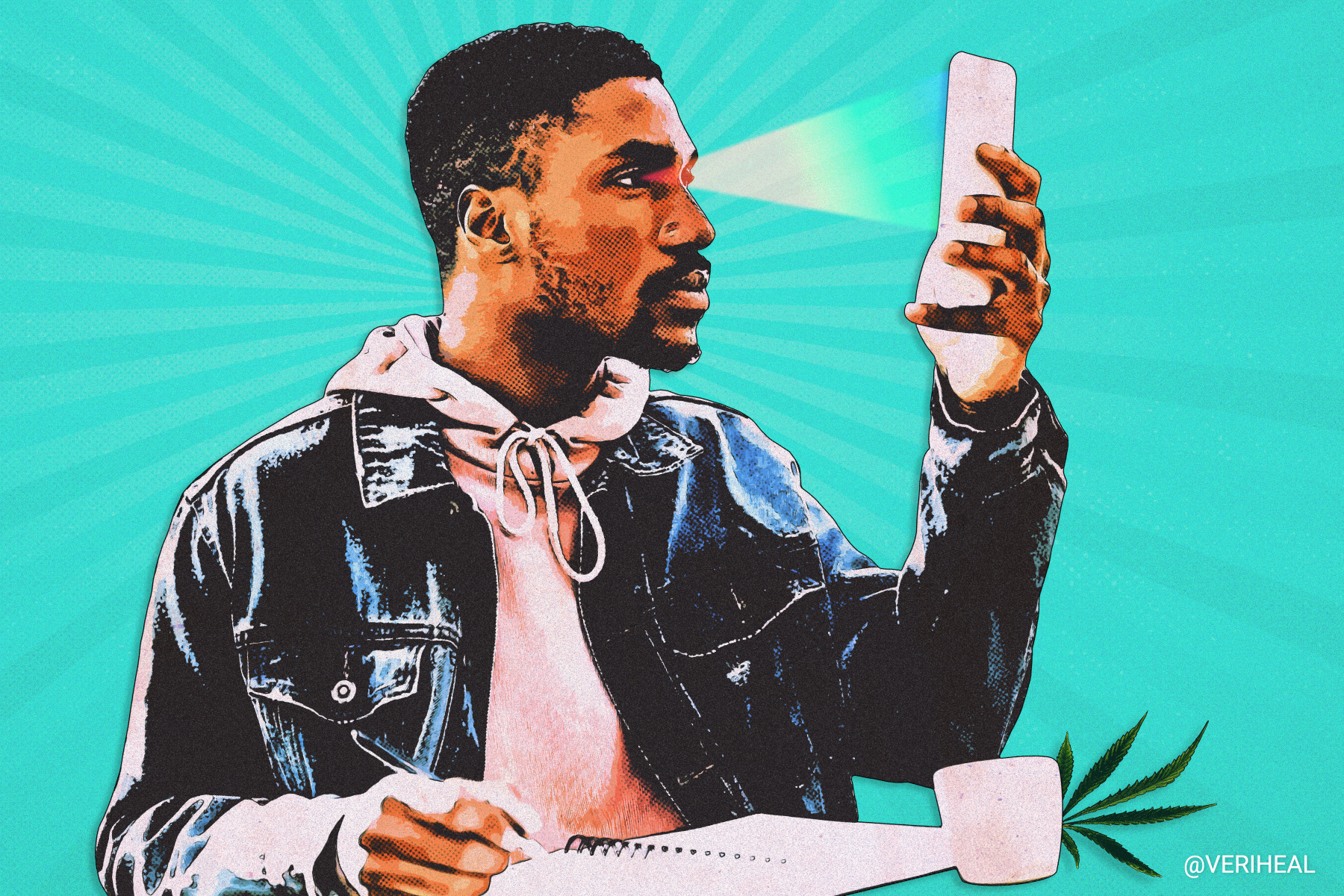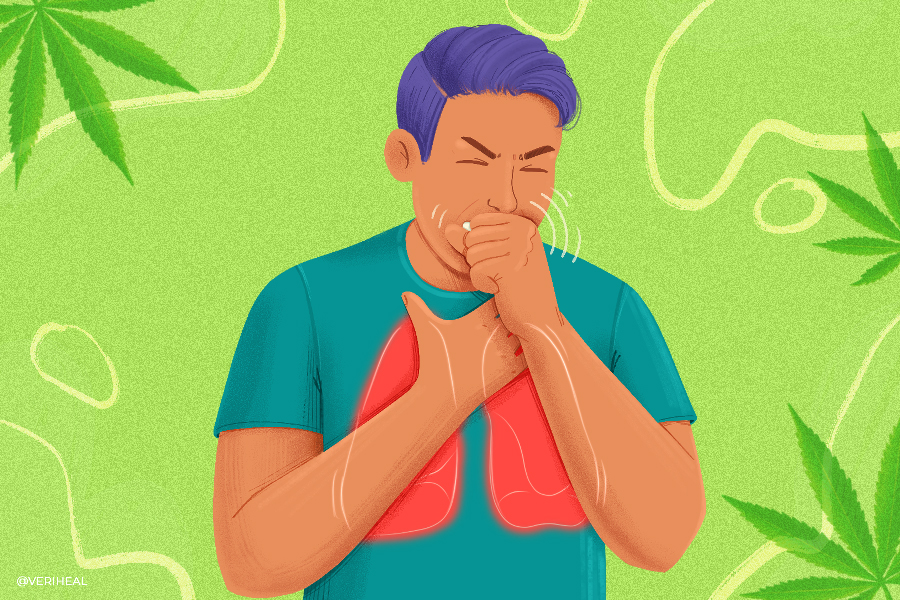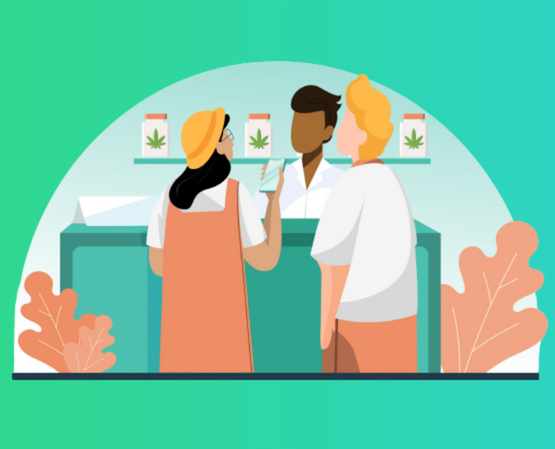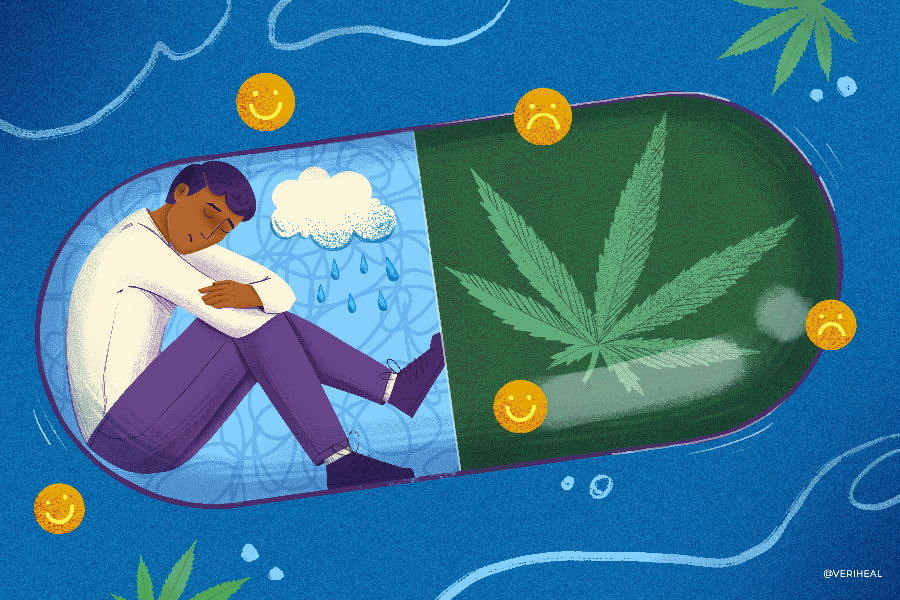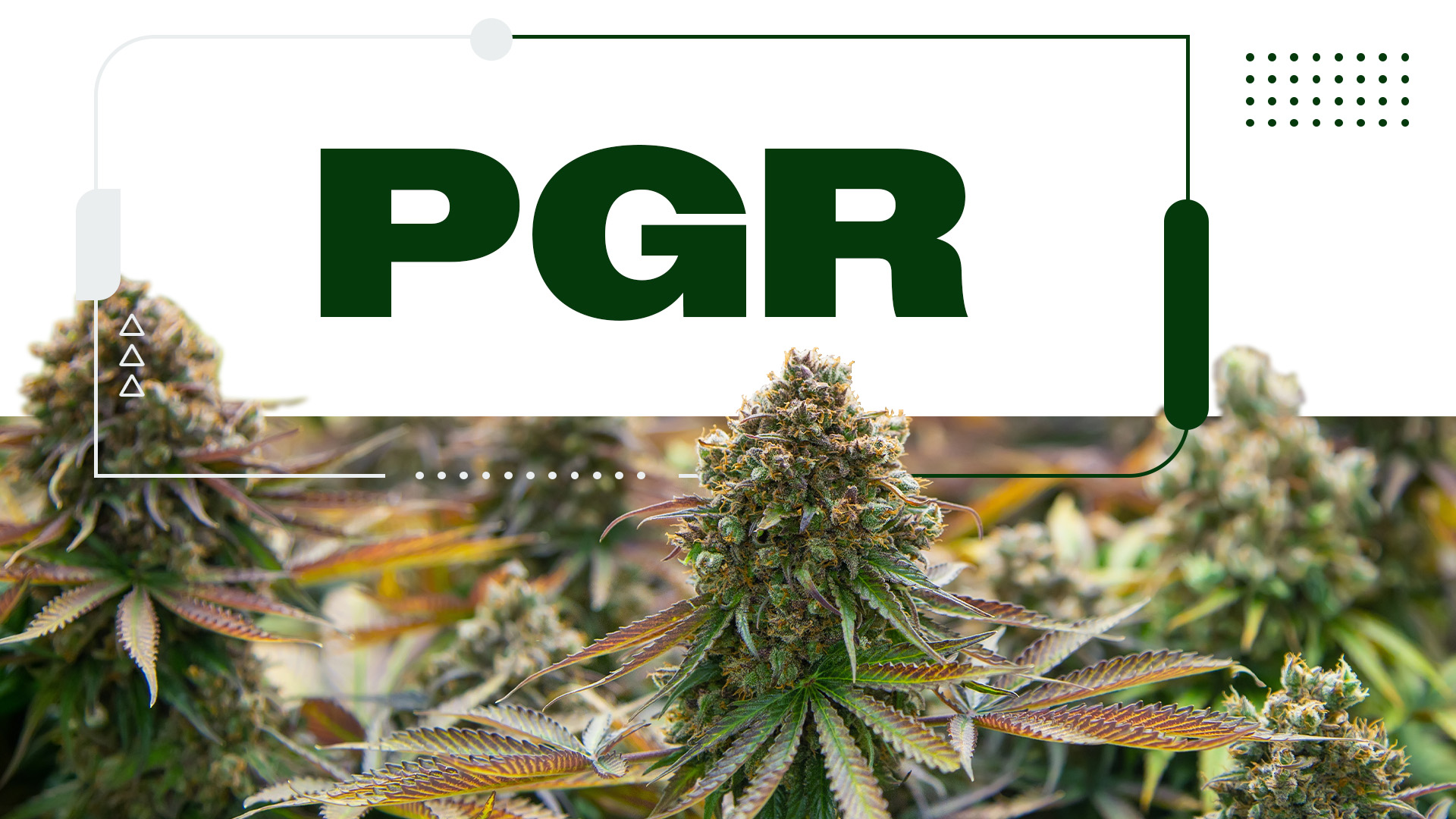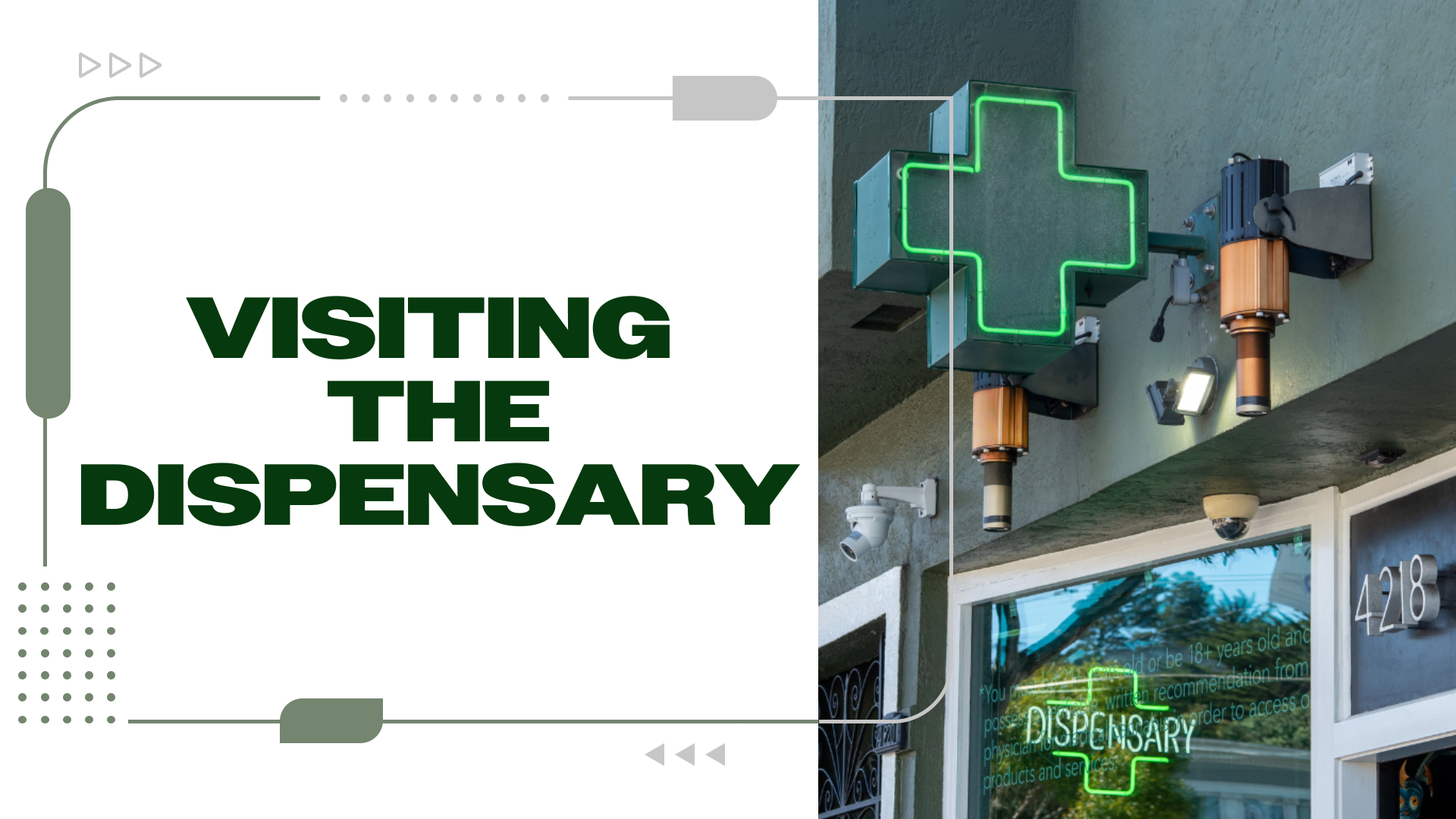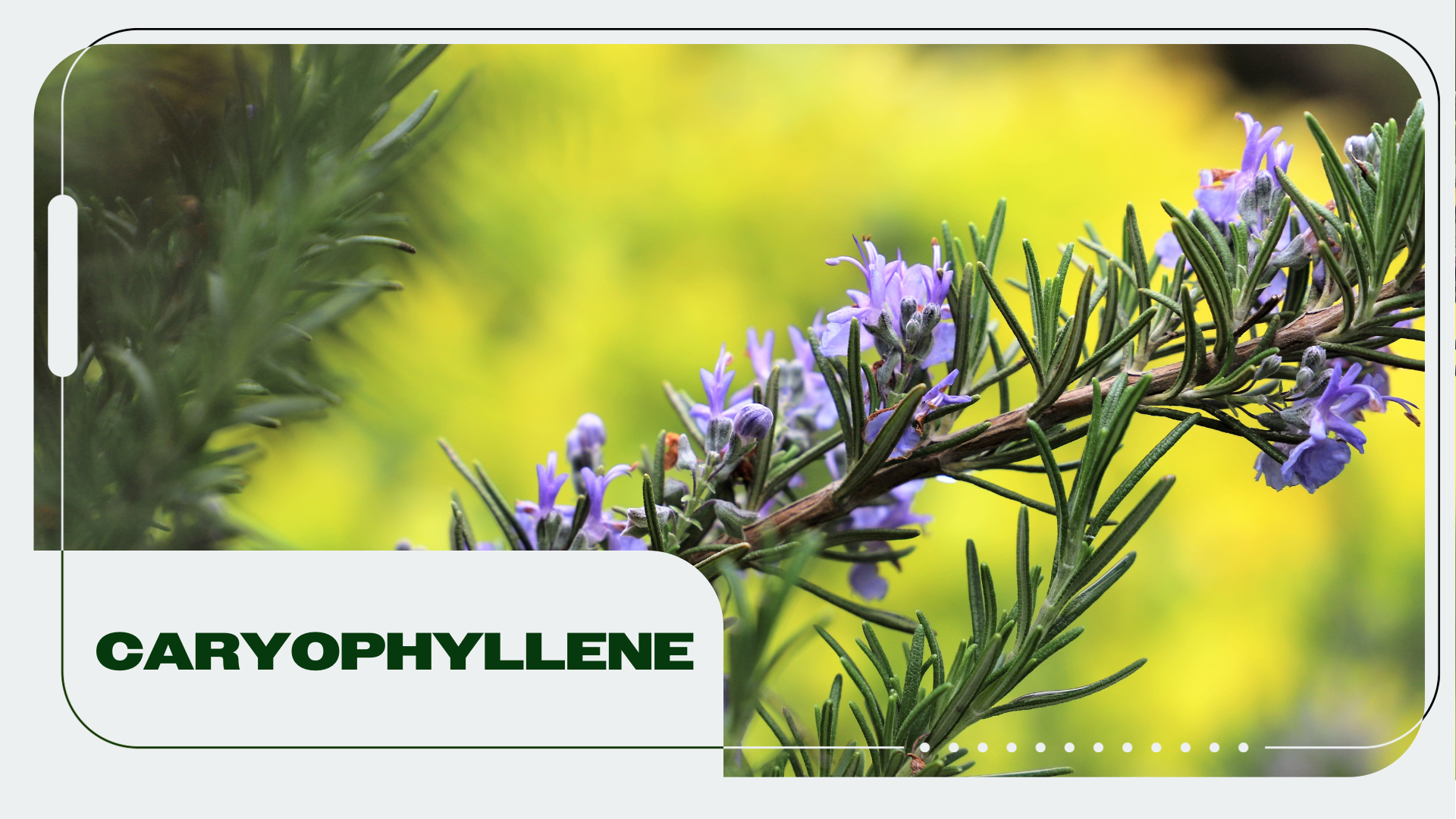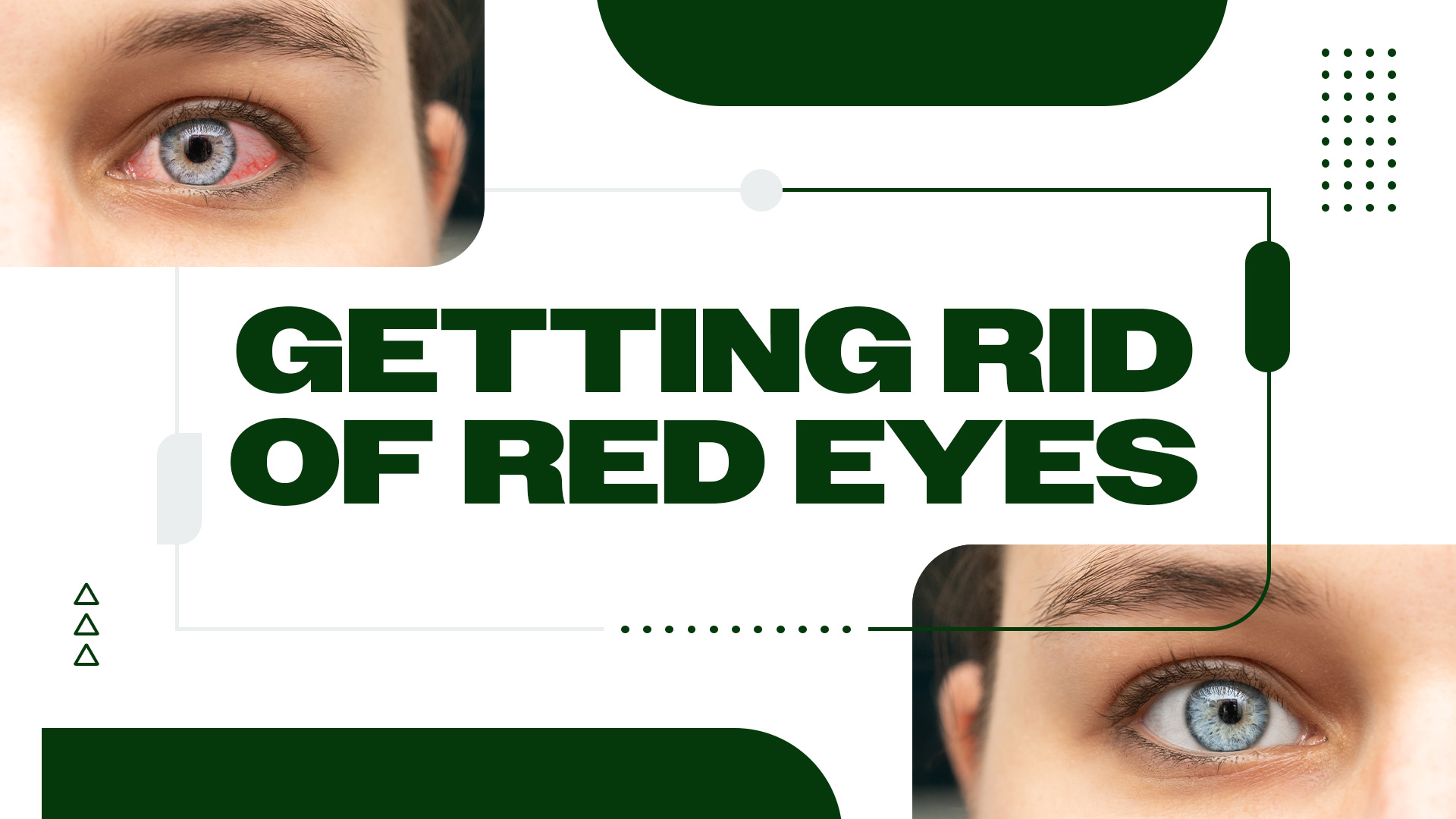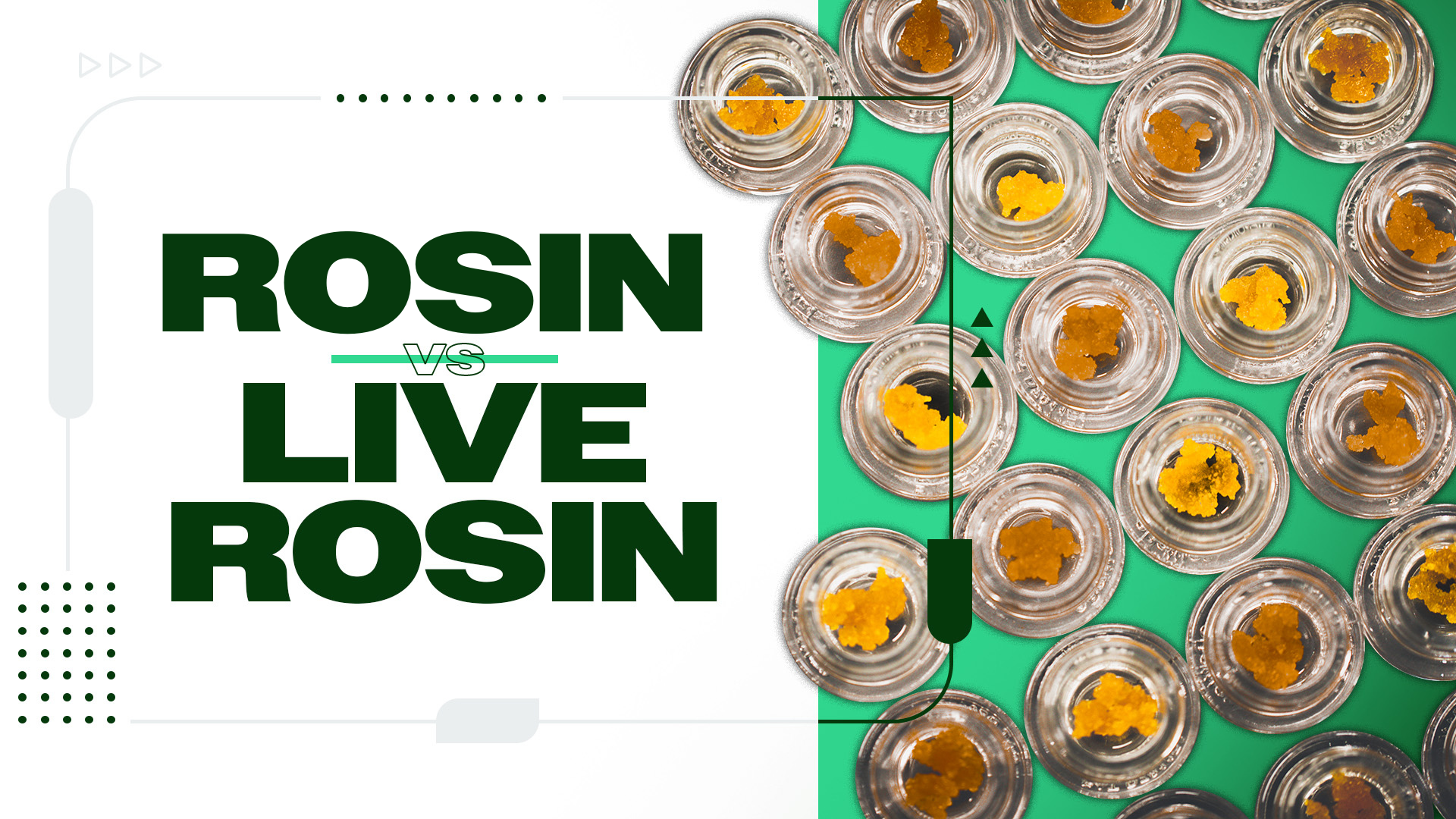The interactions between cannabis and pharmaceuticals are not thoroughly understood, but most experts agree that combining the two should be approached with caution. There are around 25 million adults who consume antidepressants worldwide, which is why we need to get a better understanding of how cannabis and antidepressants interact and whether it is safe to consume them at the same time.
What Are Antidepressants?
Antidepressants are a type of pharmaceutical treatment used to assist with alleviating the symptoms of depression as well as conditions like social anxiety disorder and seasonal affective disorder, explains Medical News Today. These pharmaceuticals work by correcting the chemical imbalances of neurotransmitters in the brain that are believed to be responsible for the changes in mood and behavior.
Much like any other class of pharmaceuticals, there are different types of antidepressants with their own benefits and side effects despite the fact that they share the overall goal of alleviating depression and the other aforementioned conditions. That being said, let’s dive into the different classifications of antidepressants based on how they work.
Selective Serotonin Reuptake Inhibitors (SSRIs)
SSRIs are typically used as the first option for treating depression. These types of antidepressants work by increasing the serotonin levels in the brain, which are “thought to have a good influence on mood, emotion and sleep,” explains the NHS. The levels of serotonin are increased in the brain when the SSRI blocks the reuptake (reabsorption) of serotonin, making more serotonin available for nearby nerve cells. Types of SSRIs include citalopram (Celexa), escitalopram (Lexapro), fluoxetine (Prozac, Saradem), fluvoxamine (Luvox), paroxetine (Paxil) and sertraline (Zoloft).
Serotonin and Norepinephrine Reuptake Inhibitors (SNRIs)
SNRIs work “like most antidepressants” by “effecting changes in brain chemistry and communication in the brain nerve circuitry known to regulate mood, to help relieve depression,” explains the Mayo Clinic. However, SNRIs block the reuptake of two chemicals, like SSRIs, which are serotonin and norepinephrine. Examples of SNRIs include duloxetine (Cymbalta), venlafaxine (Effexor XR) and desvenlafaxine (Pristiq).
Tricyclic Antidepressants (TCAs)
TCAs are also referred to as cyclic antidepressants and are considered to be among the earliest antidepressants to have been developed. These antidepressants come with more side effects than the antidepressants developed after them but are often used where other treatments have failed. Like SNRIs, these antidepressants block the reuptake of serotonin and norepinephrine, which then results in an increased presence of both in the brain. However, this antidepressant also affects other chemical messengers—which is why there are a host of side effects. Examples of TCAs include Amitriptyline, Amoxapine, Doxepin, and Protriptyline.
Monoamine Oxidase Inhibitors (MAOIs)
MAOIs are like TCAs in the sense that they have been around from the beginning and have mostly been replaced by antidepressants with fewer side effects. This antidepressant can be so dangerous that they result in high blood pressure when consumed in combination with certain foods and other medications. MAOIs work by preventing monoamine oxidase from removing neurotransmitters from the brain. Examples of this antidepressant include isocarboxazid (Marplan), phenelzine (Nardil), selegiline, and tranylcypromine.
Why You Should Get Your Medical Marijuana Card
Veriheal has satisfied millions of patients nationwide by giving them access to these benefits
- Larger purchase limits
- Peace of mind
- Enhanced legal protection
- Access to higher potency strains
- Save up to 25% on cannabis purchases
- Skip the line at the dispensary
Noradrenaline and Specific Serotonergic Antidepressants (NaSSAs)
NaSSAs work by enhancing the adrenergic and serotonergic neurotransmission in the brain that is involved in mood regulation. This antidepressant is associated with preventing adverse side effects related to SSRIs because serotonergic neurotransmission is not facilitated in unwanted areas, which is why “specific serotonergic” is part of the NaSSAs name. Examples of NaSSAs include apatzapine, esmirtazapine, mianserin, and setiptiline.
Cannabis and Antidepressants: Complimentary or Contradictory?
With such a large population of the world’s adults consuming antidepressants, it is important to understand how cannabis and antidepressants work together since the likelihood of the two being consumed by the same person is probable. While nothing can be said for certain due to the lack of research, it is possible that cannabis could have negative interactions with antidepressants depending on a number of aspects.
Cannabis and Serotonin
While antidepressants are different, they all generally result in an increase in the level of serotonin in the brain, so looking at the relationship between cannabis and serotonin may result in some answers. A 2020 study explains that cannabis may activate serotonin receptors and “inhibit serotonin reuptake,” much like antidepressants themselves. However, cannabis in low doses is good for increasing serotonin, thus elevating mood and doing away with depression. But what happens when you consume too much?
When cannabis is consumed in a dosage with too much potency or in too much quantity, the higher doses can result in “actually worsen[ing] depressing and other psychiatric conditions like psychosis,” reports researchers from McGill University. Considering this information, we can logically conclude that if a low dosage of cannabis were to be consumed in combination with antidepressants, there may still be a risk of worsening conditions instead of alleviating them on the basis of cannabis and antidepressants both inhibiting the reuptake of serotonin.
Other Potential Interactions
The Recovery Village explains some of the interactions it has seen with combining cannabis and antidepressants. They have found that cannabis may prolong the amount of SSRIs that remain in the body, as cannabis—specifically CBD—may “block your body from clearing the antidepressants as quickly as normal.” Additionally, they explain that cannabis can also cause increased or worsened side effects commonly associated with antidepressants, such as high blood pressure, dry mouth, and constipation.
A 2021 study explains that a high likelihood of cannabis and antidepressant interactions is most likely observed in individuals “with a poor metabolizer phenotype, who would already be likely to have increased drug concentrations (compared to normal metabolizers).” The study also confirmed that low doses of cannabis resulted in an increased concentration of the antidepressant in the body and that “this increase in plasma concentration would be magnified if high-dose CBD and SSRIs were concomitantly prescribed.”
While much of the potential interaction between antidepressants and cannabis is based on anecdotal reports, there are actually very few records of adverse effects from negative interactions between the two. Nonetheless, you should always talk to your doctor before consuming the two together.
Author, Share & Comments


